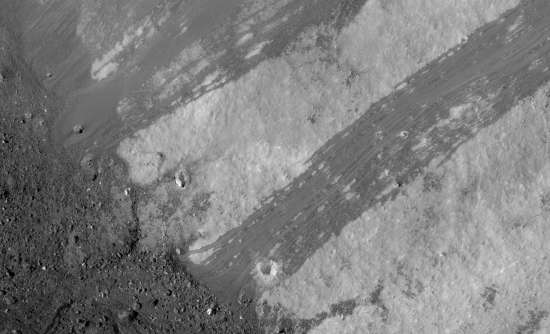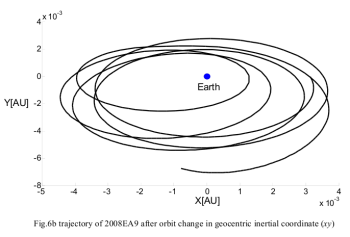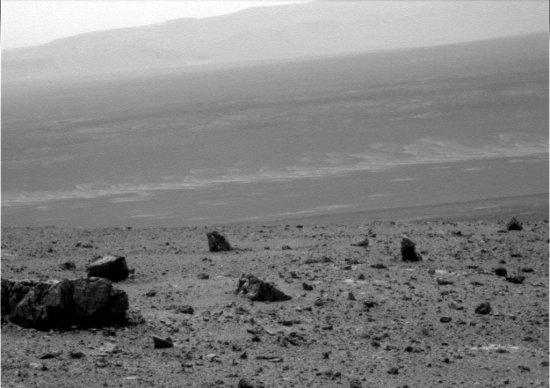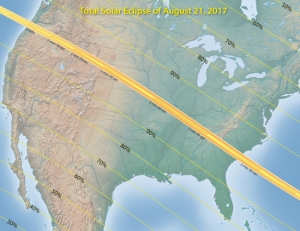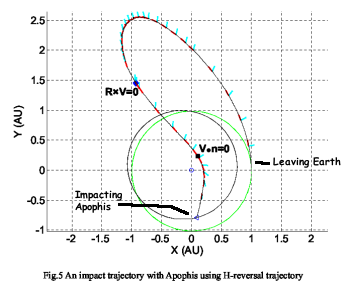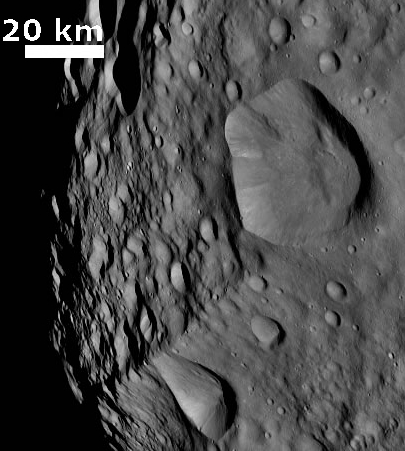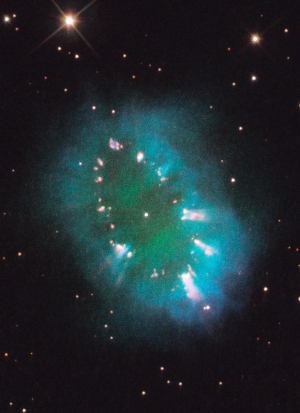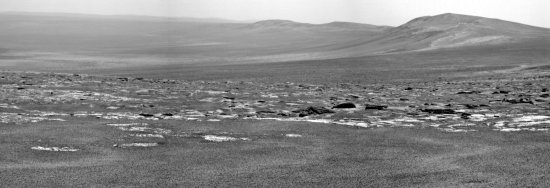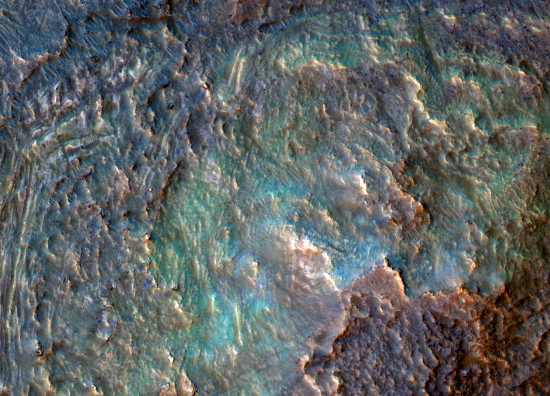Update: We lost power at around 12:30 am, and as of mid-morning Sunday the power was still not back. Thus, my posting will be light today. At the moment we are out at a local restaurant that has power (and food!), so I am using my laptop to post.
As I sit here waiting for Hurricane Irene to speed past Washington, DC, leaving behind a lot of water, some fallen trees, and the likelihood of a power outage, I thought I’d mention that I will be doing a special 30 minute appearance tonight on the nationally syndicated John Batchelor radio show at 9 pm (Eastern). Should be fun, with New York City shut down and me possibly doing the interview in the dark, with no power.
Update and bumped. The hurricane where I live here in the DC area has so far been quite mild, with only a few short bursts of heavy rain and hardly any wind. However, John Batchelor had so much fun with our discussion at 9 pm that I am coming back for another half hour at 11:30 pm (Eastern).
One more note: I consider the decision of Mayor Bloomberg in New York to shut down the subway and buses for the weekend to be downright madness. The subway should run until the last minute, in case people need to leave. Closing it so the government employees can get out is like a captain deserting his ship ahead of the passengers.
Unfortunately, this kind of political overreaction is what you get when you cede too much power to politicians. They have to act, if only to appear as they are doing something.


